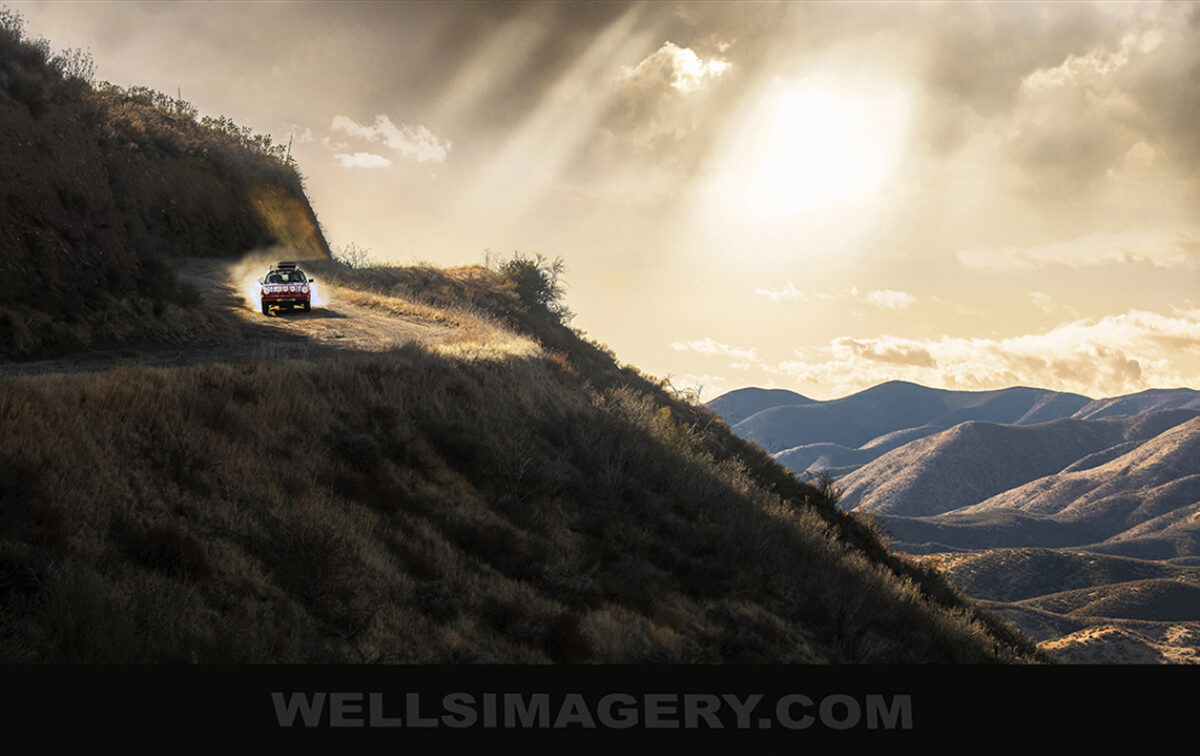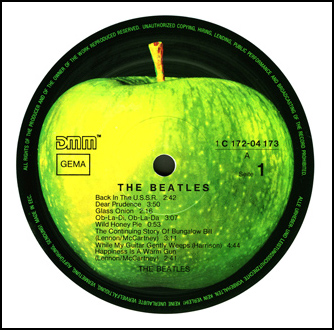THE BEATLES PART 3: Choosing a STEREO Pressing
The White Album is probably most familiar in stereo, so that’s where I’ll focus most of my attention. The recently re-mastered CD of this seminal album sound very good. It’s a little compressed for my tastes, but successful as a very clean transfer of what it must be like listening to The Beatles in Technicolor. Just be aware that the quieter songs are mastered louder to more closely approximate the dynamics of the rockers, so purists may be a bit shocked by the changes due to limiting. The previous release may be preferred in this instance.
Compared to the remasters, the original 1968 UK PCS 7067-8 stereo release with –1 lacquer numbers has the ability to convey all the excitement of this album without becoming the least bit hard or edgy. The soundstage on the vinyl is richer, deeper and warmer, and there is plenty of extension to the mid bass on tracks like George’s “Savoy Truffleâ€. The areas where the original vinyl loses out are in bass definition, soundstage width, and inner detail. It’s in these areas where the CD is better, but at the expense of realistic presence. Like the mono, the original 1968 top loading UK stereo album can be costly, although it’s easier to find in good shape. In true excellent condition (US grading) these currently go for around $250, while side loading numbered copies can be much cheaper.
The 1978 UK white vinyl stereo reissue (also PCS 7067-8) has a wonderful overall tonality. The thinner tracks, like Paul’s “Wild Honey Pieâ€, are provided some welcome relief by this LPs fuller presentation, and smooth tracks like “Blackbird†and “Mother Nature’s Son†sound even sweeter. The piano that’s deep in the mix at the end of “Dear Prudence†is also cleanly reproduced, something not all pressings do well. Bass reproduction is deep with good control, and there is excellent transparency and instrumental separation across a wide soundstage. This pressing has unique hand etched matrix numbers, YEX709/YEX712, with no lacquer number. It’s likely a one-off mastering cut on a solid-state Neumann lathe. Since this was a limited edition export, it’s getting hard to find and sells for about $100. Avoid the US Capitol version of this one – it’s not the same.
The short-lived original German Apple-Electrola release with SMO 2051/2052 labels is also well regarded. Listening to midrange heavy tracks like McCartney’s reggae-like “Ob-La-Di, Ob-La-Daâ€, this top loading seven-digit serial numbered album has a smooth presentation with excellent overall balance. The only area where it does not match the best UK pressings is midrange detail and presence, which can be helpful on tracks like Lennon’s “Happiness Is A Warm Gunâ€. It also runs around $100. Later German pressings with 1C 062, 1C 072, or 1C 092 numbers on the Apple label are usually much cheaper. These reissues can either sound similar to the original or dull and grainy, so you really need to listen to find a good one.
Our next contestant, the 1985 German white vinyl direct-metal-mastered/DMM reissue (1C 172-04 173/74), is my current favorite way to listen to the The White Album in stereo. Compared to the 1978 UK white vinyl export, it is more dynamic and has greater clarity and definition. Listening to “Birthdayâ€, the driving bass is phenomenally deep, taut and tuneful. Ambience retrieval is exceptional, with a layered soundstage and a believable presence on even the more difficult to reproduce tracks. The subtle inner details of the guitars on “Back in the USSR†are revealed, and Ringo’s double tracked drum fills are conveyed with powerful energy on “Glass Onionâ€. The cymbals can sound a little splashy at times, and on some systems this pressing may not be as laid back as you might like. But I believe it’s a mastering that fits the majority of the songs on this recording. Try listening to Lennon’s “Everybody’s Got Something To Hide But Me And My Monkeyâ€. This LP cuts through the confusion, rendering the dueling guitars brilliantly and the ringing hand-bell distinctly and realistically. Less than $100 and recommended.
Part 4 to follow.

